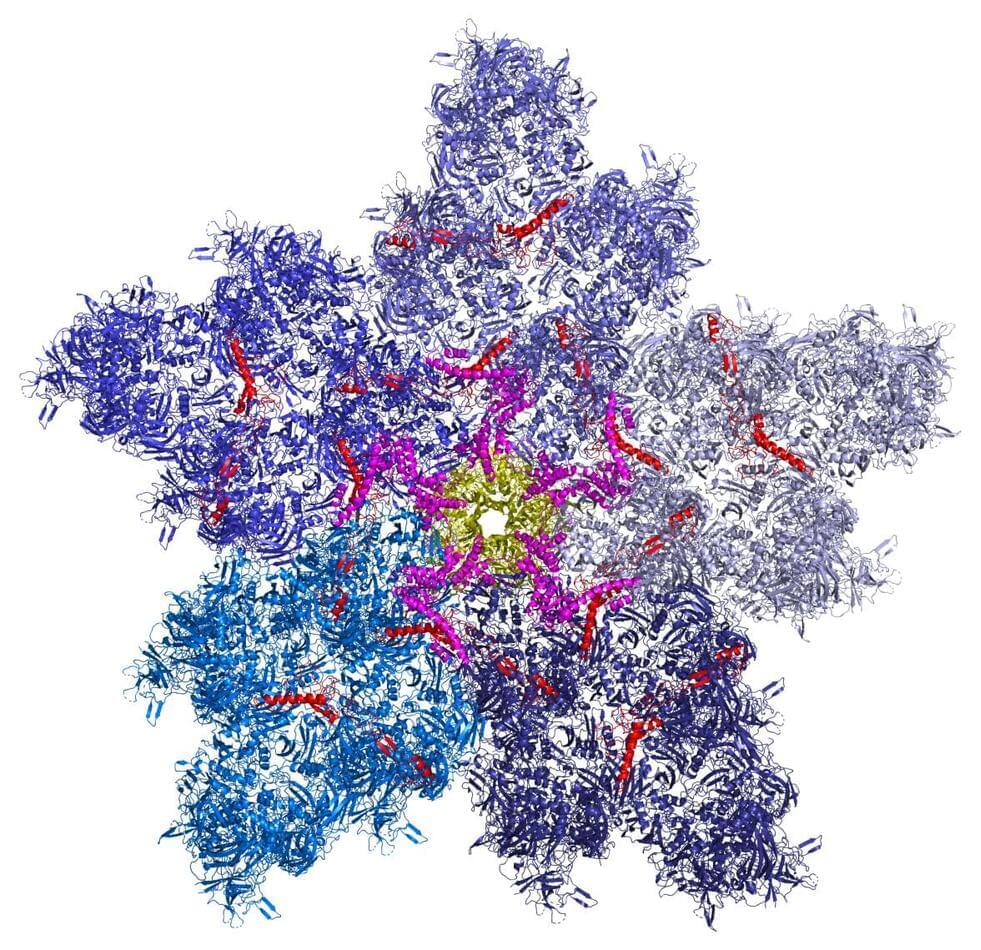I have created an educational guide to the adenovirus capsid! The adenovirus is one of the most frequently used types of viruses for gene therapy (along with AAV and lentivirus). It is a powerful vehicle for delivering DNA to cells in the body. But to work with adenovirus as a technology, it is important to understand its fundamental biological structure and function. This guide will help you to gain a more holistic comprehension of a particularly important part of adenovirus biology: the capsid. I made the images using PyMol.
PDF version: Guide to the Structure and Function of the Adenovirus Capsid
For this guide, I will explain the fundamental biology of adenovirus capsid proteins with an emphasis on the context of gene therapy. While the guide is meant primarily for readers with an interest in applying adenovirus to gene therapy, it will not include much discussion of the techniques and technologies involved in engineering adenoviruses for such purposes. If you are interested in learning more about adenovirus engineering, you may enjoy my review paper “Synthetic Biology Approaches for Engineering Next-Generation Adenoviral Gene Therapies” [1]. Here, I will focus mostly on the capsid of human adenovirus serotype 5 (Ad5) since it is the most commonly used type of adenovirus employed in gene therapy research, but I will occasionally describe other types of adenoviruses when necessary. Many of the presented concepts remain the same or similar across other types of adenoviruses.
The adenovirus consists of an icosahedral protein capsid enclosing a double-stranded DNA (dsDNA) genome. It possesses 12 fiber proteins which protrude from the capsid and helps to facilitate cellular transduction. Adenoviruses are nonenveloped and approximately 90 nm in diameter (not including the fibers). The Ad5 genome is about 36 kb in size. Major capsid proteins of the adenovirus include the hexon, penton, and fiber. The minor capsid proteins are protein IIIa, protein VI, protein VIII, and protein IX. Inside the capsid, there are core proteins including protein V, protein VII, protein μ (also known as protein X), adenovirus proteinase (AVP), protein IVa2, and terminal protein (TP) [2].
